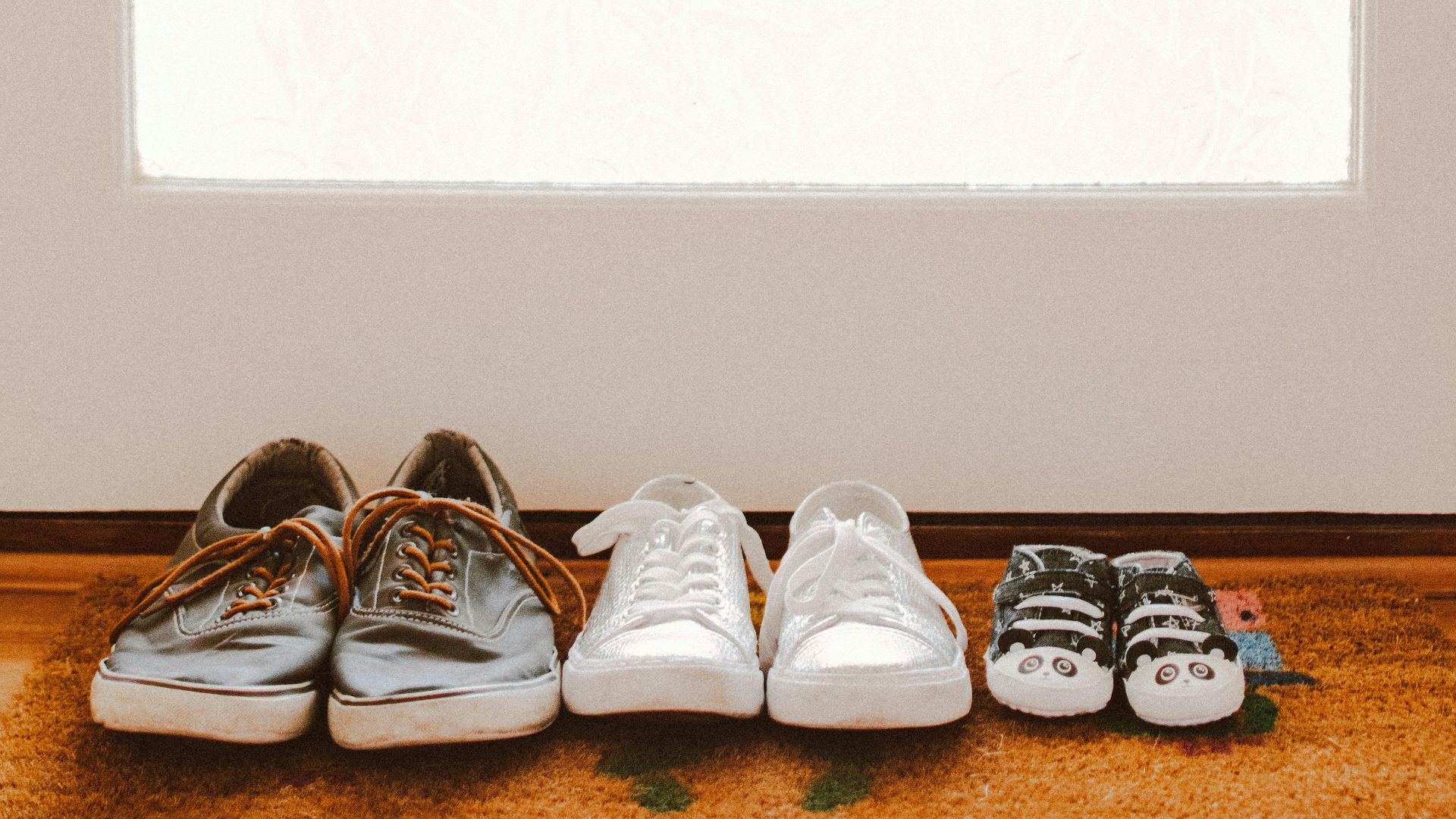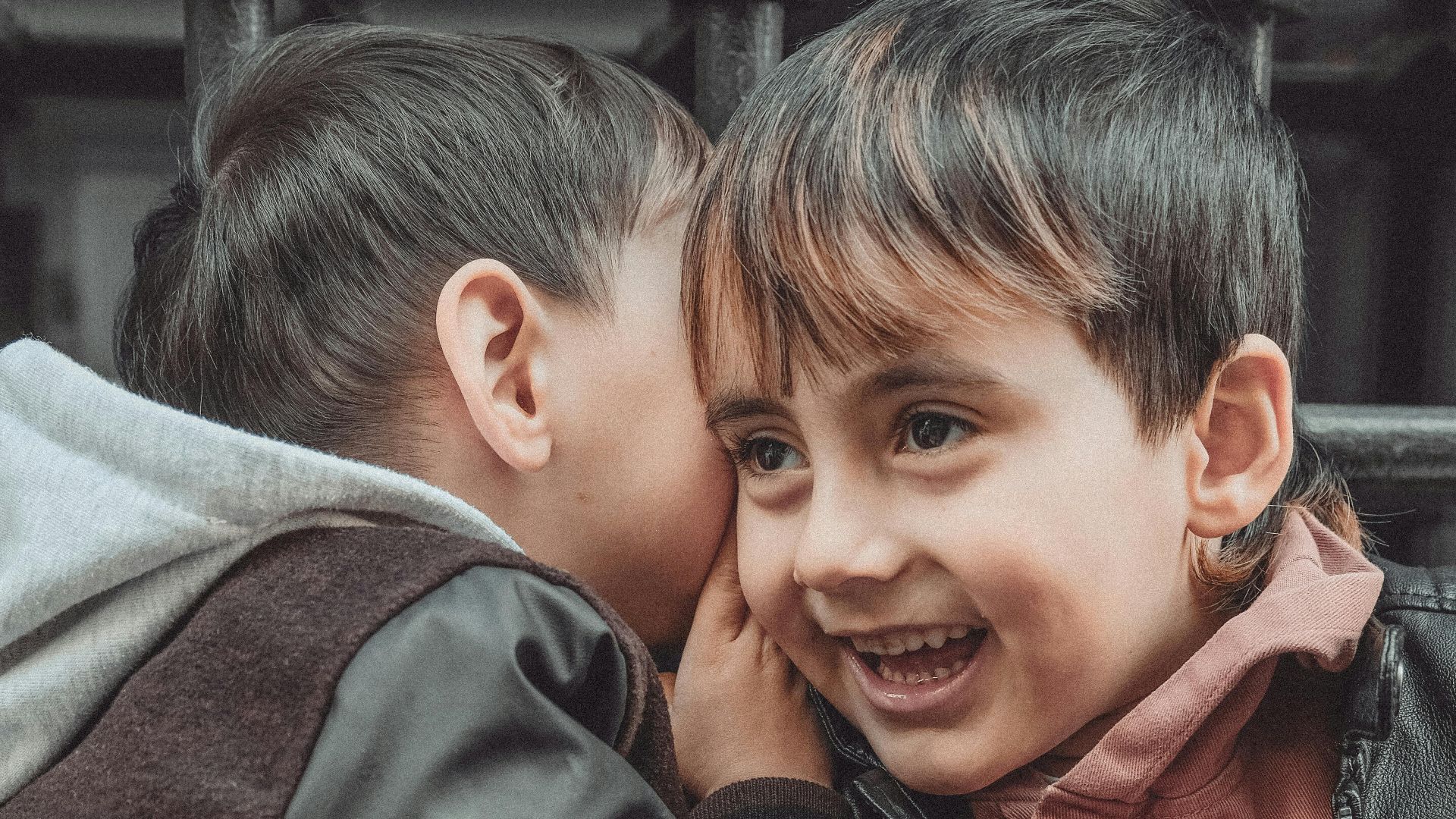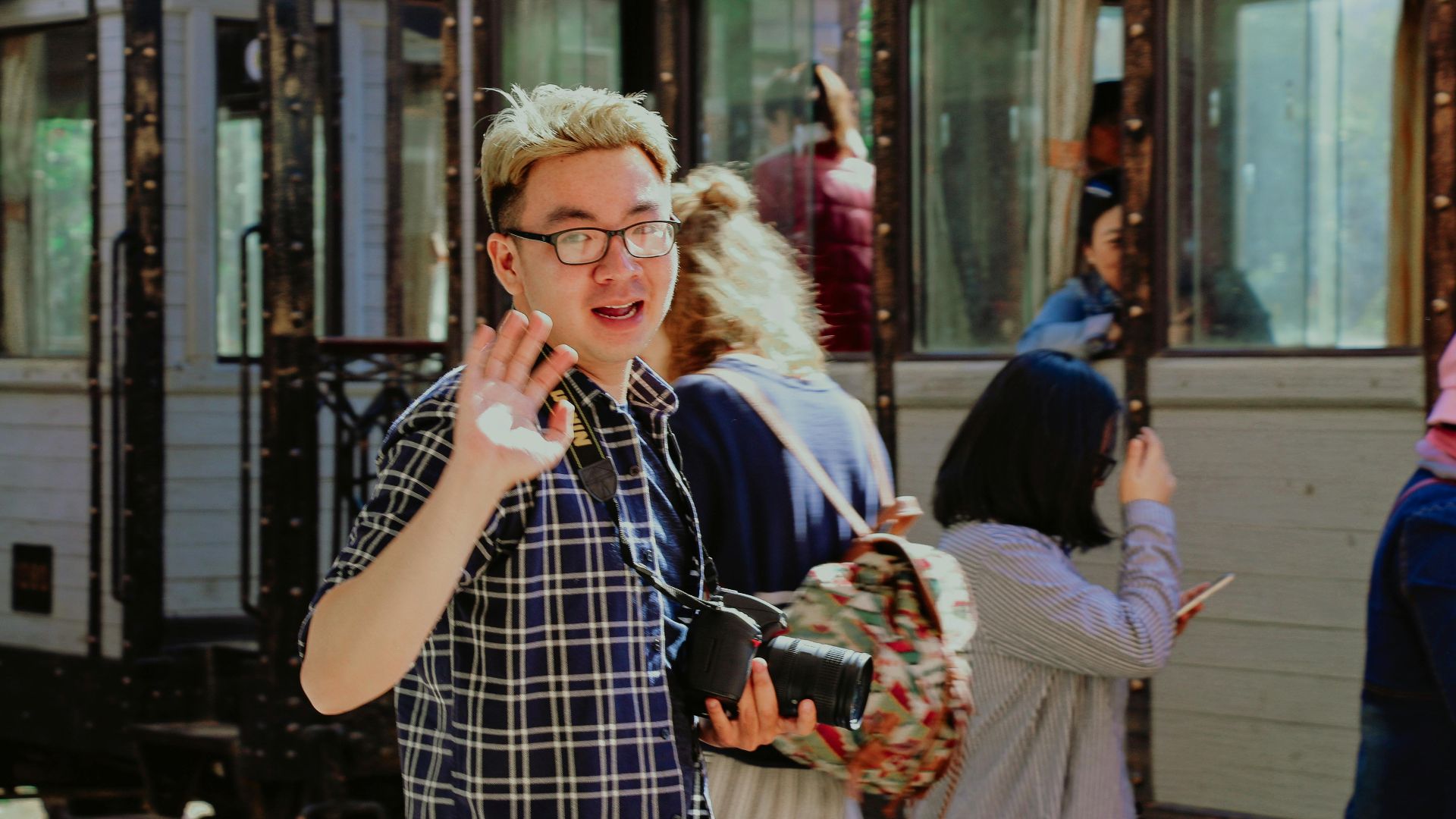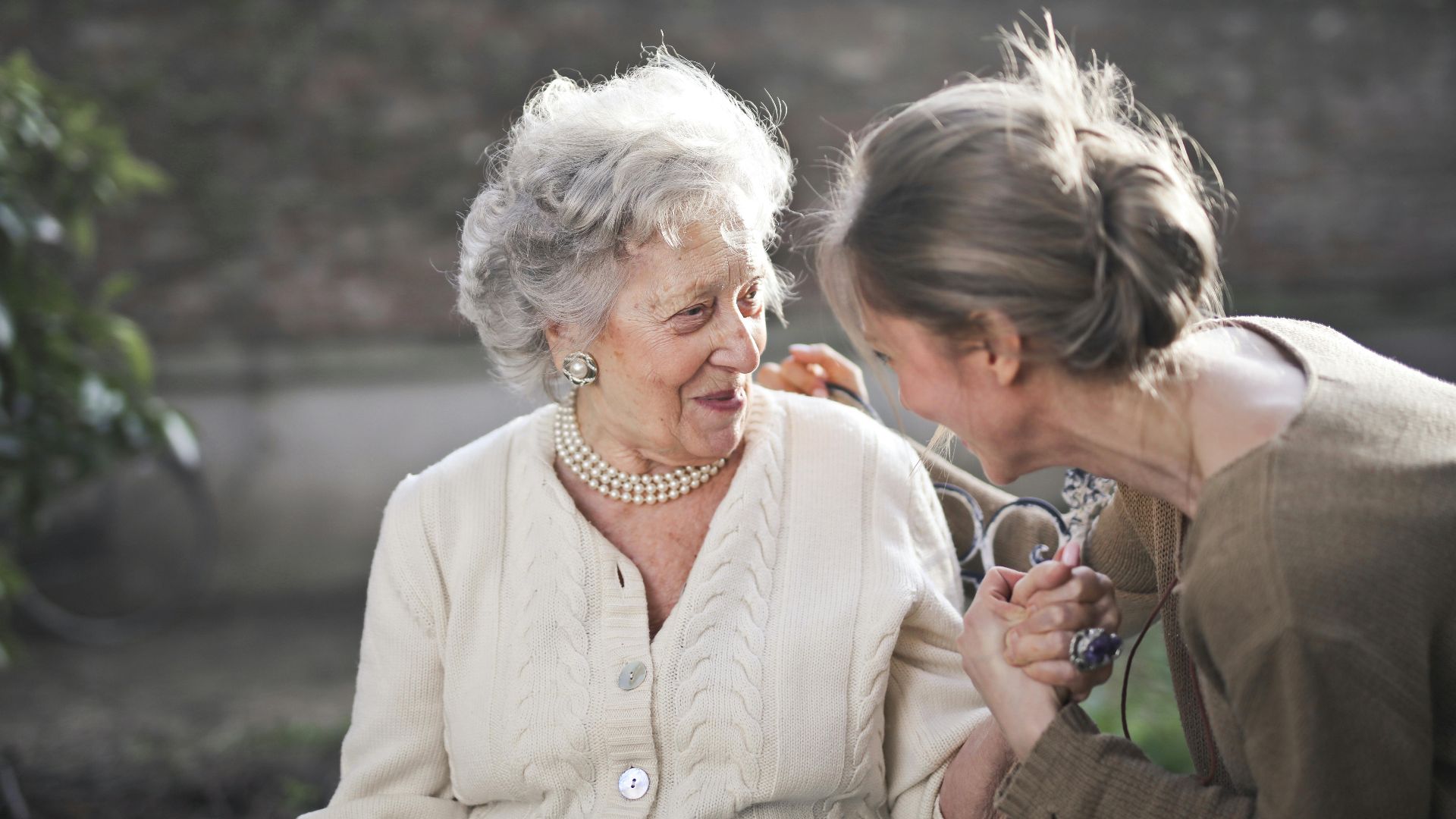Rethinking Normal
Travel shakes the edges of everyday habits and plunges you into the unknown, where your instincts feel misapplied. Suddenly, the way you eat, greet, or even stand in line isn’t universal—it’s deeply cultural, shaped by centuries of tradition and small quirks. And when you first encounter these customs as a stranger, they can be equal parts delightful and disorienting. What feels natural in one place feels upside down in another; rude becomes polite, gracious becomes intrusive. Here are twenty customs that can catch you off guard as a traveler in a new land.
1. Bowing Instead of Shaking Hands
In Japan, a bow replaces a handshake. There are layers to it that dictate how low you bow and when you bow. Tourists often fumble with an awkward half-bow-handshake hybrid, but locals rarely mind. The respect is embodied in the attempt.
2. Kissing on the Cheek—Or Cheeks
This habit is common throughout France, Spain, and parts of Latin America. Greetings involve kisses—sometimes one, sometimes two, occasionally three. You’ll inevitably misfire at least once, ending up nose-to-nose in confusion, but just watch what the locals are doing and you’ll figure it out quickly.
3. Shoes Off at the Door
Across Scandinavia, Japan, Korea, and plenty of other places, keeping outdoor shoes on indoors is unthinkably rude. Kicking your shoes off at the door is an essential sign of hygiene and respect. After all, who wants dirt tracked in across the living room floor?
4. Slurping Is Polite
From ramen shops in Tokyo to noodle stalls in Hanoi, slurping signals enjoyment, whereas silence suggests indifference—or worse, dissatisfaction. The first loud, unapologetic slurp feels almost rebellious, like the sort of behavior your mother scolded you for growing up. The next slurp is liberating.
5. Tipping (or Not Tipping)
In the U.S., tipping is expected and borderline mandatory. In Japan, tipping can be considered rude. In much of Europe, it consists of rounding up on the bill rather than a full 20%. Travelers accustomed to one system often overpay or underpay in ignorance.
6. Eating with Hands
In India, Ethiopia, and parts of the Middle East, eating with your hands isn’t unhygienic but tradition. It may seem informal, but that doesn’t mean there aren’t rules: use the right hand, scoop neatly, share with grace. The tactile experience transforms a meal into something more grounded and communal.
7. Silence on Public Transport
Step onto a subway in Helsinki or Tokyo during rush hour and the hush is startling. Nobody is talking loudly on the phone or joking with their neighbor. All you hear is the hum of the train and the shuffle of feet. For visitors, the quiet feels almost sacred, like entering a library.
8. Queuing (or Not Queuing)
Brits form neat, almost reverent lines as a matter of course. In other places, a crowd gathers and whoever pushes forward first gets served. Find yourself misapplying your instincts and you’re likely to receive some pushback from the locals—particularly if you start pushing when you should be queuing.
9. Hand Gestures That Change Meaning
Giving the thumbs-up may feel harmless, but in some places it’s offensive. Even a harmless wave in one country might signal something altogether different in another. The lesson: not every gesture translates, so it’s important to observe how locals are behaving.
10. Afternoon Naps
In Spain, Italy, Greece, and beyond, the siesta or riposo tradition shutters businesses in the afternoon. First-time travelers often assume it’s outdated, only to find doors locked and streets quiet under the sun. Once you try it, the tradition makes total sense.
11. Personal Space Expectations
In the U.S. or Canada, personal space is precious, and people stand at arm’s length. In Latin America or the Middle East, conversations happen closer, almost shoulder-to-shoulder. Step back and you might seem unfriendly.
12. Dining Times
Try eating dinner at 6 p.m. in Spain and you’ll likely find yourself at the table alone. Restaurants fill up closer to 9 or 10. In Argentina, even later. Elsewhere, like northern Europe, dinner is early and brisk. Travelers learn quickly that normal mealtimes are anything but.
13. Gift-Giving Etiquette
In China, gifting a clock symbolizes death. In Japan, wrapping the gift beautifully matters as much as the gift itself. In Russia, flowers must come in odd numbers. These details sneak up on newcomers and can lead to inadvertent misunderstandings.
 Kira auf der Heide on Unsplash
Kira auf der Heide on Unsplash
14. Staring Isn’t Always Rude
In some countries, staring at strangers is considered rude. In others, it’s a sign of simple curiosity and not impolite at all. A traveler walking through a small village in rural Turkey or Morocco might attract long, direct gazes. It’s not hostility; they’re simply interested in you.
15. Toilet Customs
From squat toilets across Africa to bidets in Europe to high-tech singing toilets in Japan, the bathroom experience varies from place to place. Even the simple matter of paying a small fee for public restrooms can catch first-timers off guard. Always carry coins, just in case.
16. Dining with Silence or with Noise
Italian dinners can last for hours, with lively conversation ringing out across the cobblestones. In contrast, traditional meals in Finland might pass in near silence. Both reveal what a culture values—conversation or quiet presence.
17. Greetings to Strangers
In many U.S. towns, a nod or a simple greeting to passing strangers is normal. Do the same on a street in Berlin or Paris and you may get a puzzled glance in return. Politeness isn’t conveyed universally; sometimes it’s contextual.
18. Respect for Elders
In places like Korea or Ghana, elders garner visible respect in the form of deferential greetings or waiting for them to sit or eat first. In Western cultures, equality is emphasized instead, and elders are often treated so casually it can even feel disrespectful.
19. Shoes Inside Sacred Spaces
Many mosques and temples ask visitors to remove shoes before entering. The first time, standing barefoot on cool marble floors, the act feels humbling. Yet in most American churches, you can show up with sneakers and even a ballcap and be cordially received.
20. Eating Quietly in the West, Loudly Elsewhere
Surprisingly, in the U.S. or UK, chewing loudly is considered bad manners. In parts of China or Korea, those same habits North Americans suppress are often praised as a show of enjoyment.



























